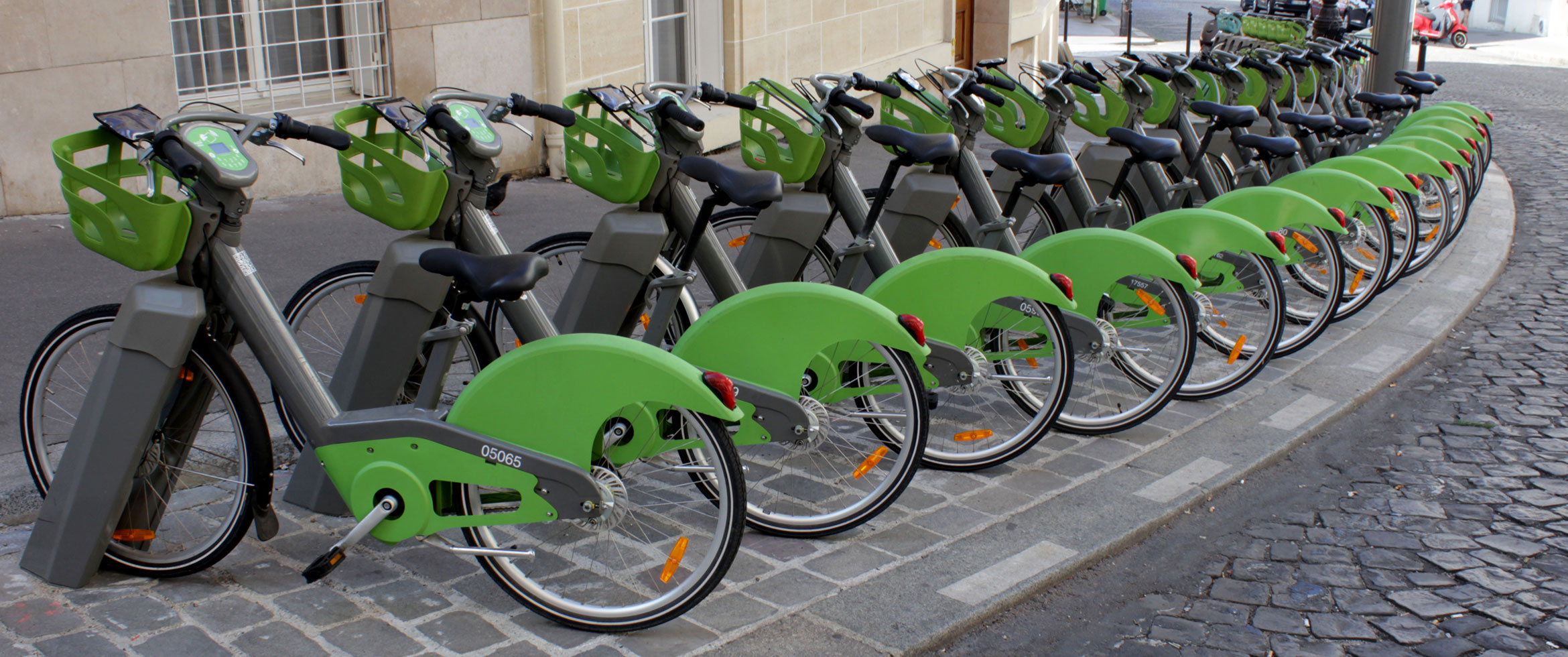As part of a strategic plan to reduce air pollution and comply with Environmental Protection Agency standards established under the Clean Air Act, Oregon’s Department of Environme…
The goal of the 20/20 The Way to Clean Air program was to engage residents living in the Greater Toronto Area in taking actions at the individual and collective level to reduce ai…
In 1991 the Bay Area Air Quality Management District (BAAQMD) launched Spare the Air – a voluntary program designed to curtail motor vehicle emissions and improve air quality thro…
Designed to serve residents of Metro Vancouver, TransLink’s TravelSmart program helps businesses and individuals reduce the number of trips made in single-occupant vehicles by pro…
Seattle’s Just One Trip campaign aims to get residents to reduce the number of drive-alone trips they make on a weekly basis, replacing them with green travel alternatives includi…
British Columbia’s Way to Go! program was created in response to data that showed a sharp increase in the number of students traveling to school by car between 1984 and 1994. Conc…
Developed in the Region of Peel, Ontario, Stepping It Up was a program designed to reduce car traffic and increase walking and cycling to school by working with elementary school …
HSBC’s Clean Air Achievers was a free program offered to Canadian students in grades 5 through 9 with two main goals: (1) to produce fewer greenhouse gasses (GHG) through reducing…
Developed by King County Metro (KCM), Seattle Neighborhoods In Motion was designed to work directly with individuals to reduce drive-alone trips being made to a full range of trav…
The GCC Active and Safe Routes to School program was brought to life by Greenest City, a Toronto-based non-profit known for addressing a variety of environmental issues through lo…



